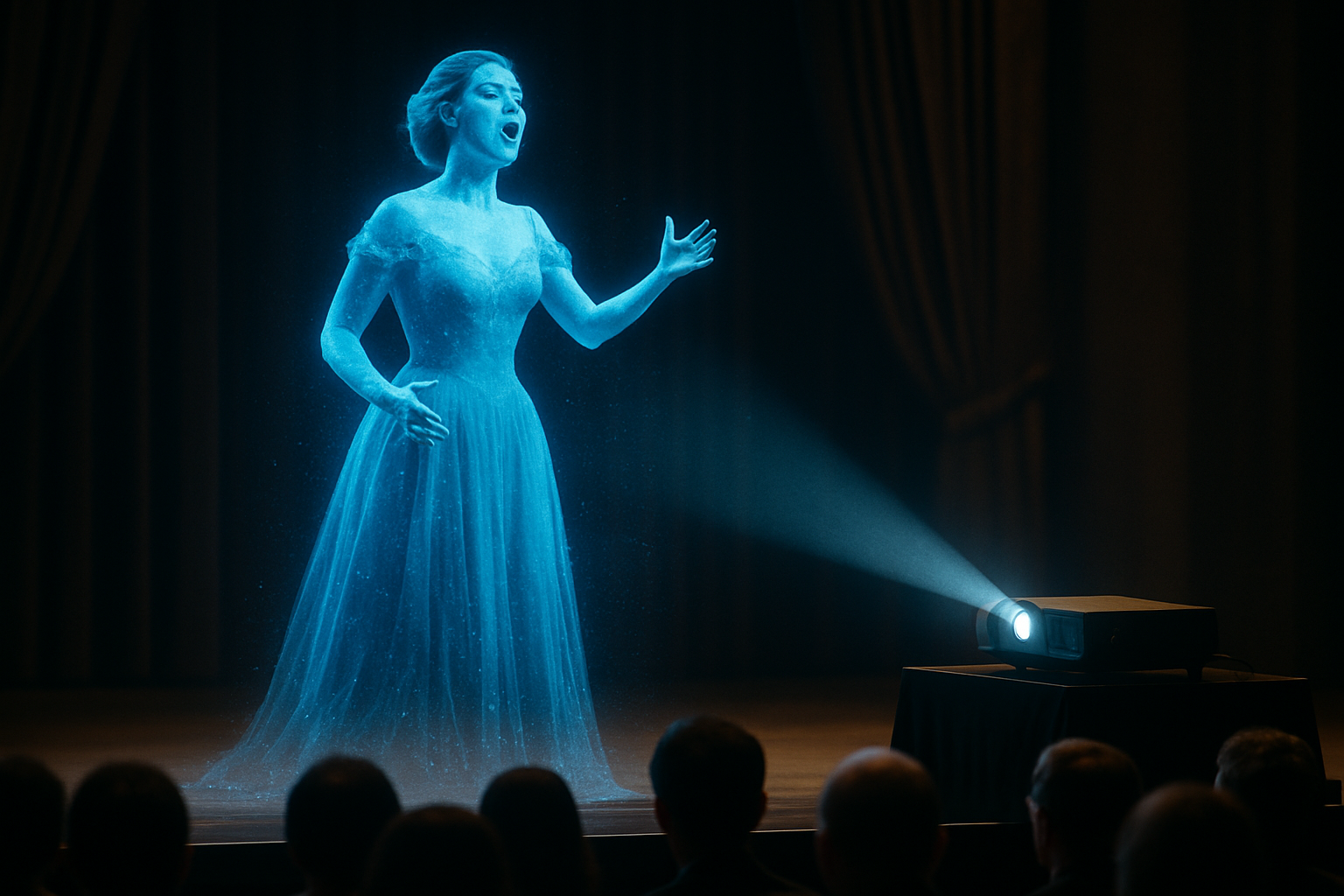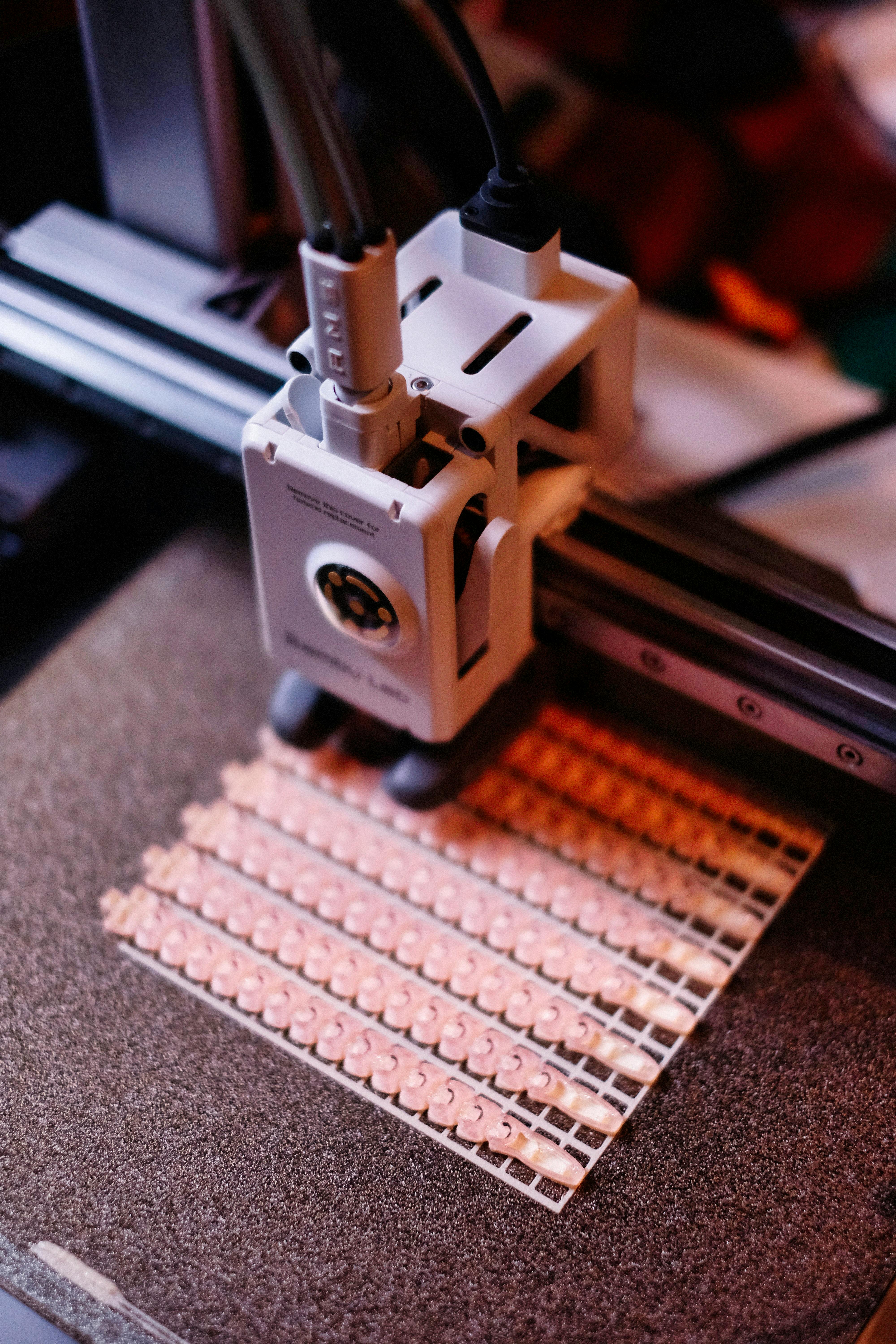Holographic Opera: Redefining the Boundaries of Performance
In the ever-evolving landscape of performing arts, a groundbreaking fusion of technology and classical tradition is captivating audiences worldwide. Holographic opera, a cutting-edge art form that merges centuries-old musical storytelling with state-of-the-art projection technology, is pushing the boundaries of what's possible on stage. This innovative approach is not only revolutionizing the opera experience but also attracting a new generation of tech-savvy spectators to an art form often perceived as traditional and exclusive.

Technological Marvels Behind the Curtain
At the heart of holographic opera lies a complex system of high-definition projectors, specialized screens, and motion capture technology. Advanced software allows designers to create lifelike digital avatars that can interact seamlessly with physical sets and live performers. The result is a mesmerizing blend of reality and illusion that challenges the audience’s perception and expands the possibilities of storytelling on stage.
Reimagining Classical Works
One of the most exciting aspects of holographic opera is its ability to breathe new life into classic works. Productions of timeless operas like Carmen and The Magic Flute have been transformed, with holographic elements adding layers of visual spectacle and narrative depth previously unattainable. These reimagined classics are drawing praise from critics and attracting audiences who might have otherwise overlooked traditional opera performances.
Creating New Operatic Experiences
Beyond revitalizing existing works, holographic technology is inspiring composers and librettists to create entirely new operas tailored to the medium’s unique capabilities. These original productions explore themes of technology, virtual reality, and the nature of existence itself, pushing the boundaries of operatic storytelling into uncharted territory. The ability to create fantastical worlds and impossible characters has opened up new avenues for creativity in both narrative and visual design.
Challenges and Controversies
As with any revolutionary art form, holographic opera has faced its share of challenges and criticisms. Purists argue that the technology detracts from the raw power of live vocal performance, while others raise concerns about the potential for holographic technology to eventually replace live singers altogether. Technical glitches and the high cost of implementing the technology have also posed obstacles for some opera companies looking to embrace this new frontier.
The Future of Holographic Opera
Despite the challenges, the future of holographic opera looks bright. As technology continues to advance, the possibilities for even more immersive and interactive experiences grow. Some visionaries in the field are already exploring the potential for audience participation through augmented reality, allowing spectators to become part of the holographic world unfolding before them. Additionally, the technology’s ability to bring performances to remote locations could democratize access to opera, reaching audiences far beyond traditional opera houses.
Impact on the Broader Arts Landscape
The success of holographic opera is having ripple effects across the performing arts. Other disciplines, from ballet to theater, are beginning to explore how holographic elements can enhance their productions. This cross-pollination of ideas is fostering a new era of interdisciplinary collaboration, blurring the lines between different art forms and creating exciting hybrid performances that defy easy categorization.
Conclusion
Holographic opera represents a bold step forward in the evolution of a centuries-old art form. By embracing cutting-edge technology, opera companies are not only preserving their heritage but also ensuring their relevance in the digital age. As holographic opera continues to develop and mature, it promises to captivate audiences, inspire artists, and redefine the boundaries of live performance for generations to come. The marriage of timeless musical storytelling with the limitless possibilities of holographic technology is creating a new art form that is truly greater than the sum of its parts.





